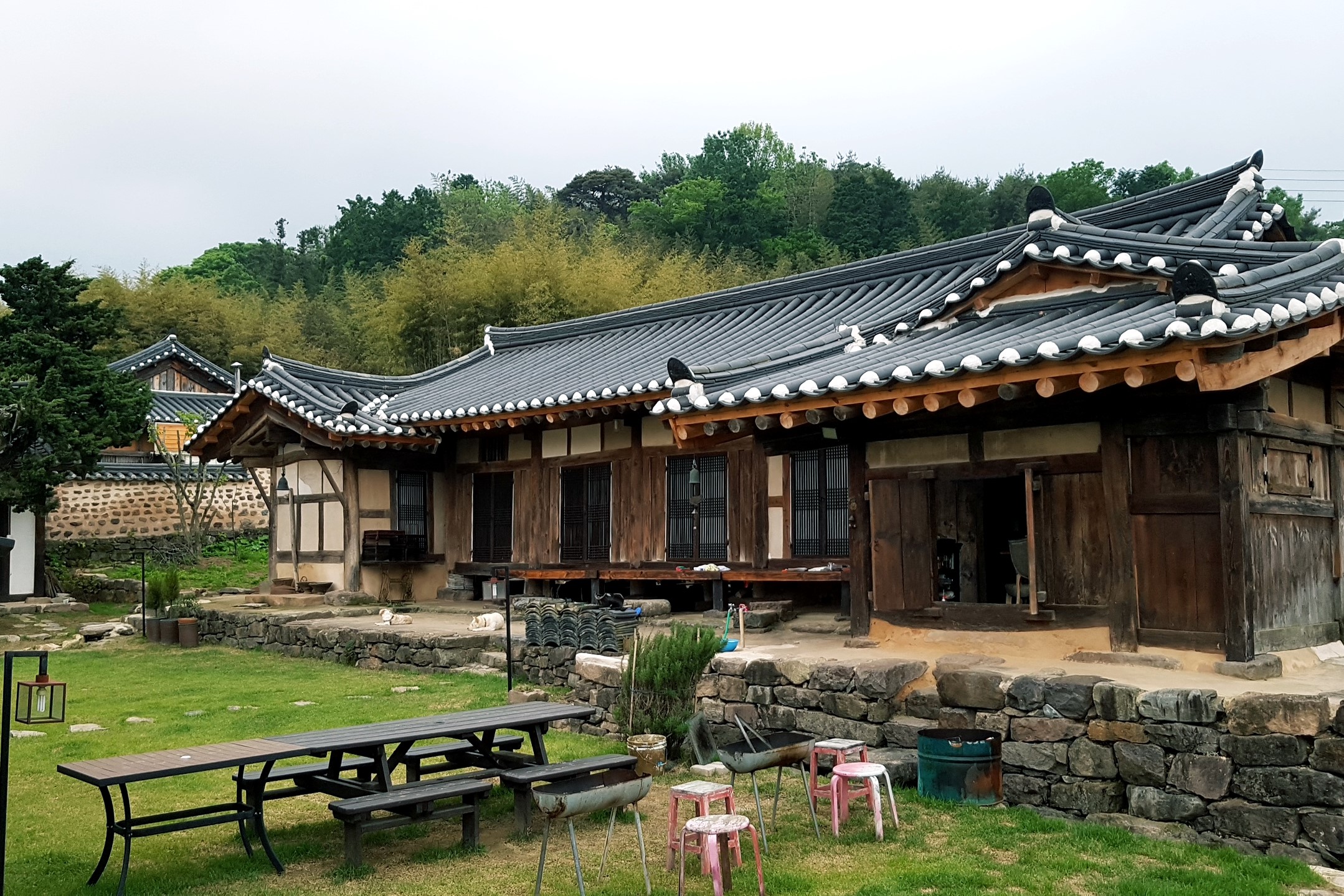Hwasun Dolmen [Patrimoine Mondial de l’UNESCO] (화순 고인돌군 유적)
19.8Km 2020-06-04
Goindol 1-ro, Hwasun-gun, Jeollanam-do
+82-61-379-3178
Le site de dolmens de Hwasun est situé autour des chutes du col qui relie Dogok-myeon Hyosan-ri et Chunnyang-myeon Daesin-ri. Les indicateurs d’études présupposent que parmi les 980 pierres à Dogok-myeon Hyosan-ri, il y a environ 135 dolmens. De plus, parmi les dalles de pierre endommagées, environ 100 d’entre elles maintiennent leur forme.
Il y a environ 250 dolmens à Hyosan-ri, incluant les actuels et ceux faits dans des carrières de pierre. A travers ces études, nous avons pu réaliser qu’il y a 124 dolmens parmi les 3309 pierres localisées dans la partie de Chunnyang-myeon Daesin-ri. Au moins 300 d’entre elles ont conservé leur état. Les recherches montrent qu’il y a 23 dolmens ayant des stèles funéraires.
Le caractère spécial des dolmens de Hwasun est que dans l’enceinte d’une petite région, il y a en environ 596 qui sont rassemblés et la plus grosse pierre de Corée y est aussi située.
Les dolmens de Hwasun sont inscrits au patrimoine mondial depuis le 2 décembre 2000 (numéro 997, avec les dolmens de Gochang et Gangwha), d’où les perspectives de développer le site en tant que destination de voyage du monde.
* zone – sous-division 235 – 2 051 951 m²
YangDongHo Traditional House (Hanok 152)/ 양참사댁(양동호 가옥 / 한옥152)
19.9Km 2025-03-05
24, Darasil-gil, Hwasun-gun, Jeollanam-do
+82-10-9646-5087
Yangchamsadaek (Yangdongho’s former name) or National Cultural Property No. 152 is a traditional hanok accommodation. Dalasil Village, Hwasun, Jeollanam-do, where the house is located, is a town with traditional houses and fields, where interestingly those who have the surname of Jeju Yang live together.
Yangchamsadaek is a typical noble's house in the southern region with the ㄷ-shaped main building and the ㅡ-shaped detached building form the ㅁ shale. It is expected that the main building was built in the 18th century and the detached building at the end of 19th century. In 2013, the current owner has taken over the antique house and started running a hanok stay, and his daughter, Jo A-ae, a curator and culture planner, added modern touches to turn it into a culture complex, Hanok 152. The wide lawn is sometimes rented for music performance, traditional wedding, or outdoor wedding, and other times it serves as a venue of one-day classes for hanbok experience, Korean food experience, etc.
As for rooms, there are four options: big room and small room in Anchae (main building), and Daecheong room and bed room in Sarangchae (detached building). The rooms are decorated with traditional cabinets and folding screens with embroidery, displaying the beauty of an antique house. The main floor, which is much bigger than that of other houses, has been renovated by the owner. The main floor in the main building, with a comfortable sofa and a rug, is modern and luxurious, whereas the main floor in the detached building is cozy with a floor table and Korean cushions. Toiletries are not available in the bathroom but provided upon request to the information desk. Space rental is also available. Various events such as traditional wedding, small wedding, first birthday celebration, 70th birthday celebration, small workshop, or one-day class can be held here. Moreover, traditional hanbok experience is always available at 15,000 won per person. Korean food experience is notified on Instagram and requires reservation. As the cost varies depending on the number of participants and the date, make sure to inquire over the phone.
Also located in the village are Hanjae House (National Cultural Property No. 154) and World Heritage Hwasun Dolmen Site. Note that the Unjusa Temple, famous for the Cheonbulcheontap Pagoda, is a 15-minute drive away.
![Hwasun Dolmen [Patrimoine Mondial de l’UNESCO] (화순 고인돌군 유적)](http://tong.visitkorea.or.kr/cms/resource/03/2515703_image2_1.jpg)

 Français
Français
 한국어
한국어 English
English 日本語
日本語 中文(简体)
中文(简体) Deutsch
Deutsch Español
Español Русский
Русский